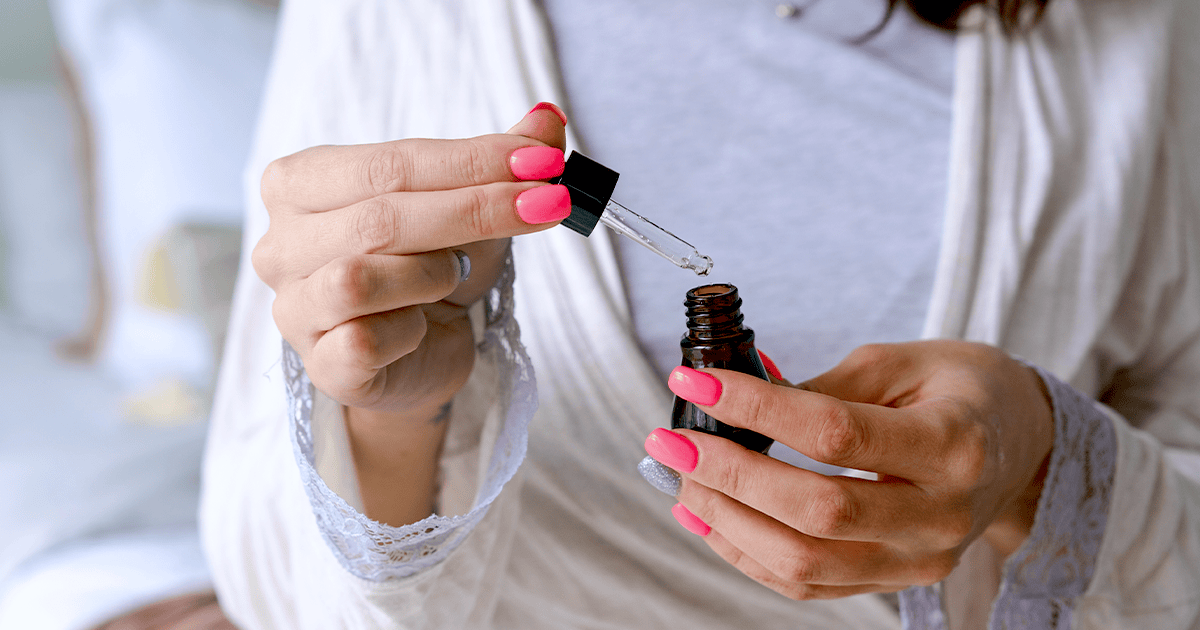Road rash is a type of skin abrasion that occurs after a surface-level trauma. Typically, road rash will be classified as a “superficial” injury, meaning only the outer tissue is ripped away after it’s scraped against another object.
In rare cases, road rash can reveal muscle or bone.
How to Treat Road Rash At Home
The right way to treat road rashes after a car, bike, or motorcycle accident includes immediate and prolonged care. While the injury may not look serious, infection or additional damage could occur if you don’t wash the wound. At the very least, the wrong treatment could cause pain.
The majority of road rash cases can be treated at home and don’t require help from a hospital or doctor. But if the wound shows visible bone or muscle, has large pieces of foreign objects embedded inside, covers most of the body, or is bleeding excessively, head to emergency.
To successfully treat road rash and reduce your risk of scarring, follow these steps:
- Wash your hands with soap and water
If another person is cleaning your wound, request that they disinfect their hands before attending to your road rash.
- Wash, clean, and de-grime the injury
But don’t add excess pressure or scrub. There could be dirt or debris embedded in the wound that could get lodged in your skin.
- Remove any visible debris
If the debris is large but isn’t embedded too deep, remove it with your hand. You should use tweezers to remove anything smaller or sharp.
- Apply an antibiotic ointment
Once the injury is clean, such as Neosporin or Bacitracin. These products will kill any bacteria that could infect or further damage your wound.
- Cover the injury with a moist dressing
As wet bandages are scientifically proven to help wounds scab over. Be sure to use non-adherent pads and lightweight materials.
- Change your dressing regularly
Preferably once or twice a day. This will allow you to check for infection and keep the bandage moist without it staying dirty or sticky.
- Moisturize the wound
Once you no longer need bandages. If you’re going out in the sun, use SPF-infused moisturizer and cover the area. This will prevent scarring.
Keep in mind that road rash can be very painful, even if the wound isn’t infected. Consider taking pain medication, like Tylenol, if the pain is affecting your movement or sleep.
How and When to Exercise With Road Rash
As a general rule, you shouldn’t exercise if you’re in pain. Doctors will typically tell you to resume training after the skin heals and stops bleeding or leaking pus/fluid. Sweat aggravates healing or scabbed over wounds if it collects in your bandage and sits on the injured area.
You should also avoid swimming in salt or chlorinated water. Not only will this hurt, but you may be soaking a bloody or pus-filled wound in a public pool, which won’t make you popular. In the end, if the area is too painful to train, then you should keep off of it until the pain subsides.
If you must train, consider using CBD or another non-drowsy or non-mind-altering pain killer, but only work out areas that aren’t affected by road rash. It isn’t smart to over-train, especially when you’re recovering from a physical injury, as you could injure yourself worse or delay recovery.
After a road rash injury, you should concentrate on healing. Immediate medical intervention could prevent infection and help you recover faster. If you experience pain during exercise, stop immediately and take care of yourself. Don’t over-train, as you could make the injury worse.





